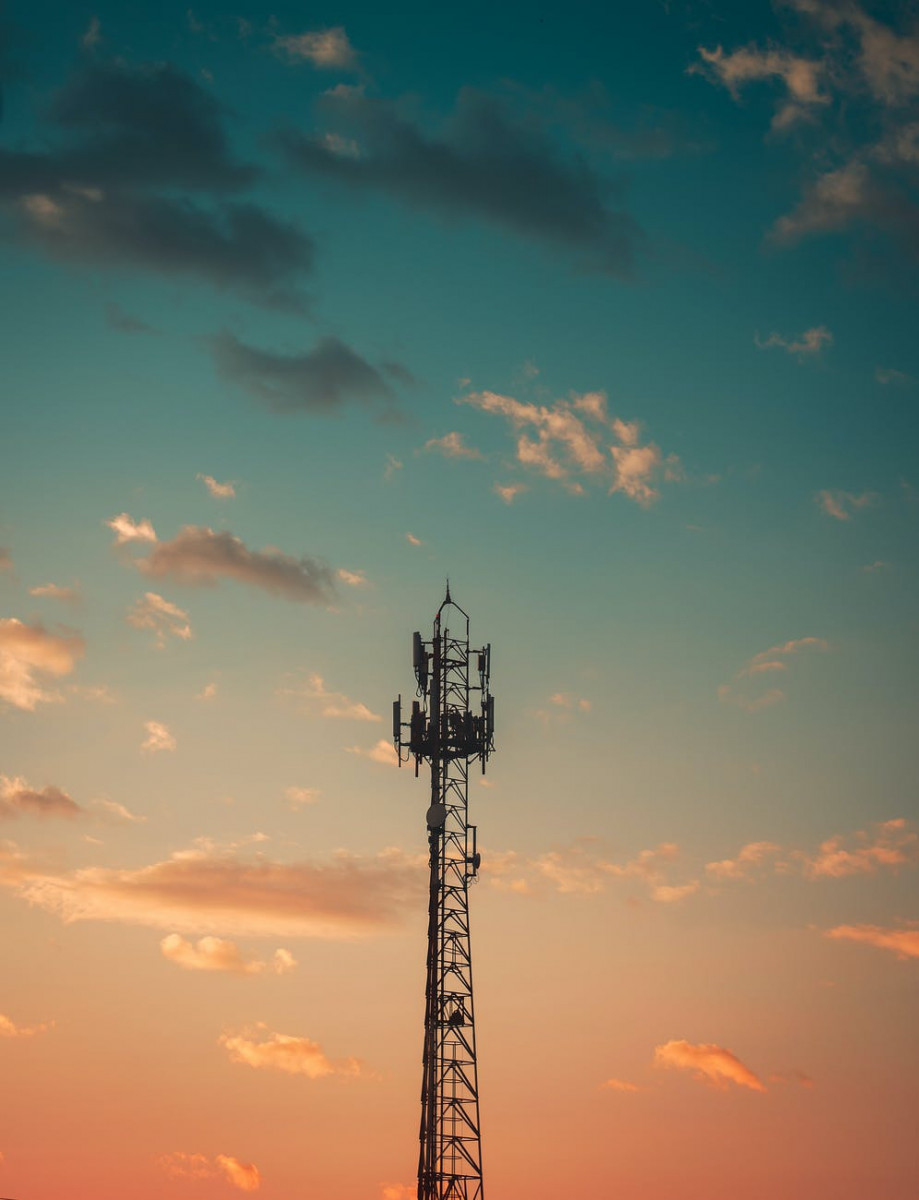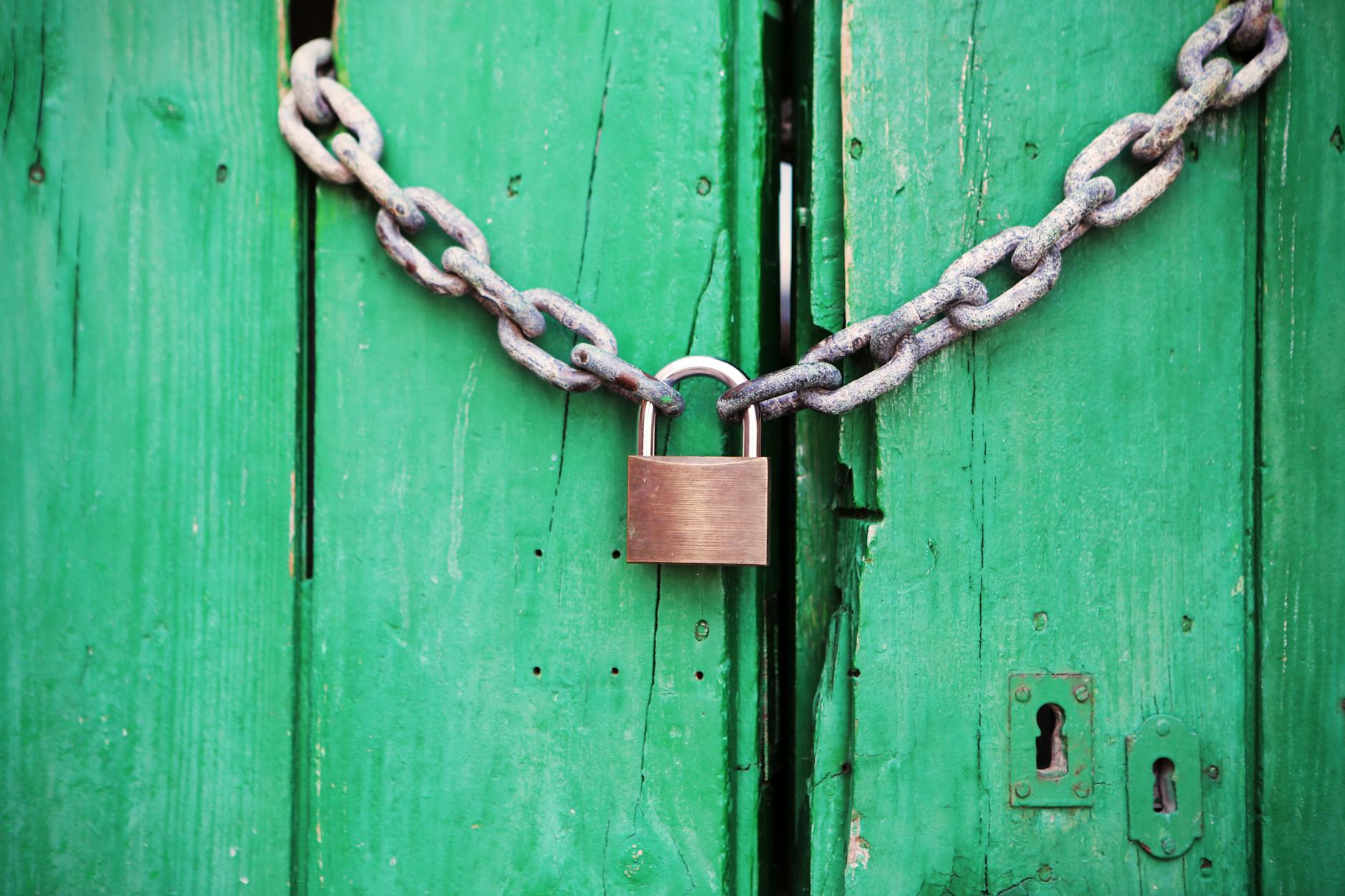Well, we are about halfway through getting Dishy McFlatface to work and here are some notes. First of all getting it at all:
- To get it, you got to https://starlink.com throw in your address and pay the $99 deposit
- It then estimates when you can get it. Right now, for rural areas it’s pretty easy
- But it says that Seattle starts late this year but not really work until late, late next year.
- I presume this is because the denser an area the less capacity.
- The cost is $500 for the receiver and then $99 per month.
- And no more dependence on cable operators!
So, we signed up in February and in May, go the fancy gizmo. Took a while to get out to the installation site. So first though I would try it here locally (even though we are not signed up for this region.
- The thing comes in a big box and Dishy McFlatface clicks into a stand.
- The various piece parts are pretty easy to figure out, there is the dish, a long Ethernet cable (which is hard wired to the dish itself, so I guess I would worry a little bit about how to replace it).
- This disappears into a magic box that has 120V AC power and then an Ethernet port that connects to their Wifi Router.
- They include Ikea-like instructions and then you are supposed to load up the Starlink mobile application.
This is where the fun begins.
- When you start the mobile application up, it says look for the “Starlink-###” open WiFi connection and connect to it. When you do, you will be asked to create an SSID and a password.
- Don’t forget this as if you do, you will need a paper clip to reset the Wifi Router (my bad!)
- Now you will have a connection to their router. Note that this is really designed for a single WiFi access point which is theirs and you can’t connect the WiFi router to your existing network. There is no “bridge” mode right now.
- When I first tried to logon, the opening Network connection dialog said, cannot connect to Starlink, and it says you need to reboot the Wifi Router and try again.
- So I did this a zillion times and it never worked.
- There is the settings pane and it shows that Wifi router with reboot and reset options and then greyed buttons for Starlink connection itself. That is pretty confusing for a novice user.
- But it did say, the Wifi Router firmware is out of date, you need to wait up to 2 hours for the software to download and then you should check again.
- I did and still nothing happened.
- Going to the help is no help at all and there are so few Starlink users, Google isn’t much help.
- But strangely, I actually data traffic flowing over connection even though the application said there was s
VPN needs to be disabled on your phone
Finally, finally, I saw the VPN slide by and had a hunch:
- If you have a VPN running by default on your phone (which everyone really should for privacy reasons) this means that you won’t see the Starlink connection, only the Wifi router.
- However,
- So I just disabled my NordVPN and suddenly I could see the connection page.
- And the statistics page suddenly shows up!
So I’m guessing that the way that Starlink works is that the local network DHCP is provided by the WiFi router and then it knows the IP address on the WAN side of the Starlink receiver. It tells this to the mobile application and the Starlink application then communicates directly with the Starlink receiver on a special IP address.
But if you have a VPN o your phone, it is going to route what looks like Internet traffic (it does not have a local IP address) out into the global internet, but the IP address you have is behind a firewall (for obvious reasons) in the Starlink infrastructure. Hence no connection.
Next, it looks like the only way that you can add your own network in is to replace the Starlink Wifi router with your own connection to your network. This actually worked fine, but you do lose all the cool Starlink statistics.
Finally, during the course of this, we got a notification that we had an obstruction on one side. This is pretty cool and tells you how long the interruptions will be until you fix that. The thing likes to be mounted high and not have any obstructions (like trees) in the way. This makes sense as they are using a high bandwidth microwave band
Suddenly though I see that the dish is actually moving. In this region, it essentially points straight up when you click it into its little tripod mount. We didn’t think about long-term mounting until seeing if it works. But basically, there are two options that you can get from Starlink.com:
- A Volcano mount where you screw the thing down into your roof and you put flashing around it. This seems the simplest, but you are screwing something into your roof
- Pole mount system, so you figure out how to get a pole up there and it connects to that. This is more DYI, but mounting something like that could be done on the side of an Eave. YOu just need to make sure it is high enough.
Second note is that if you want more than one of these, you need a unique email address for each, they don’t support multiple devices to a single account.
Anyway, it’s fun to be a beta tester. More later!
You can hook up a third party router and still see statistics
If you want to use your existing home network, you have a few choices:
- There is an auxiliary port which is an Ethernet connection. You could connect that to a WAN port. You are going to be double NATed
- Or better yet, you can just remove the WiFi router and then plug in your own router. Then you can look at statistics and so forth by going to https://192.168.100.1 and then you get a web version of that screen.
As an aside the best help seems to be on Reddit where I learned a bunch about this and also that they can support about 2 clients per 100 square mile, so we feel lucky to be in the first 50K or so users!







